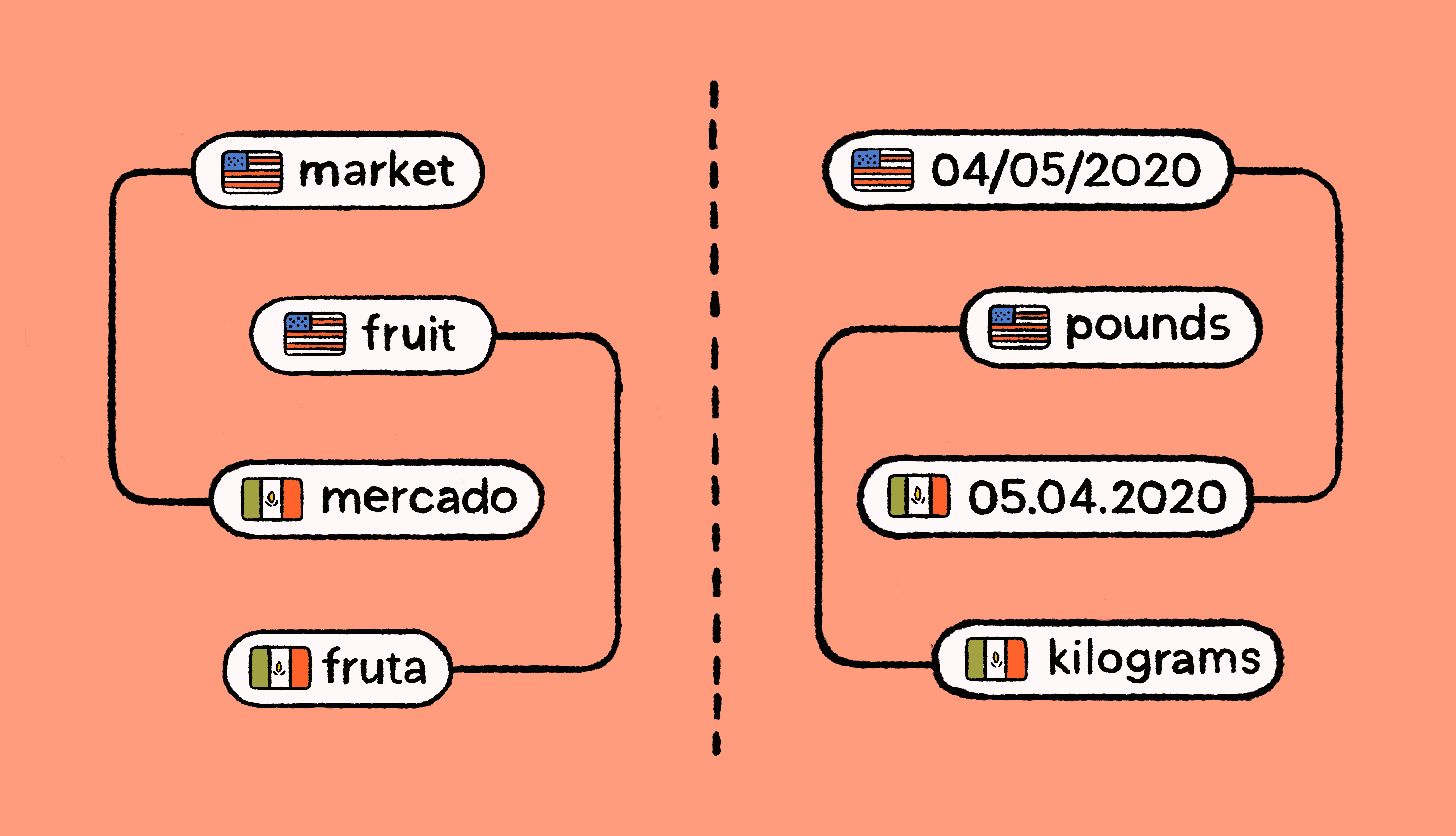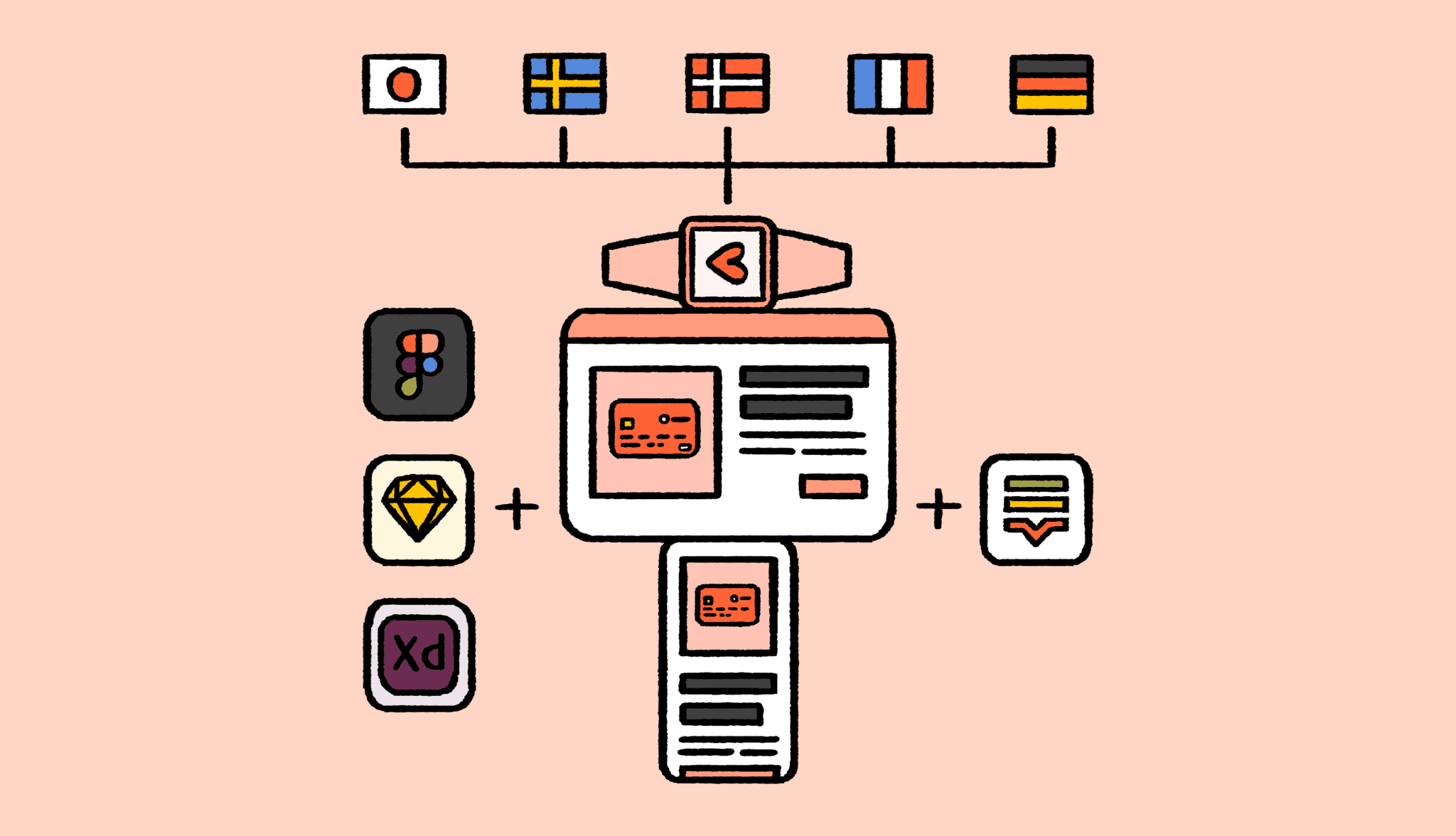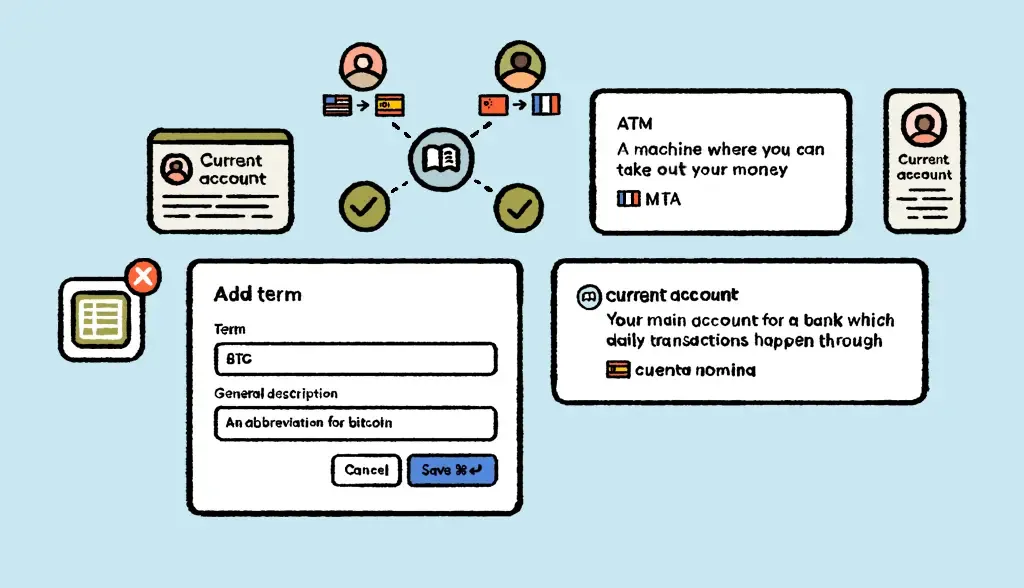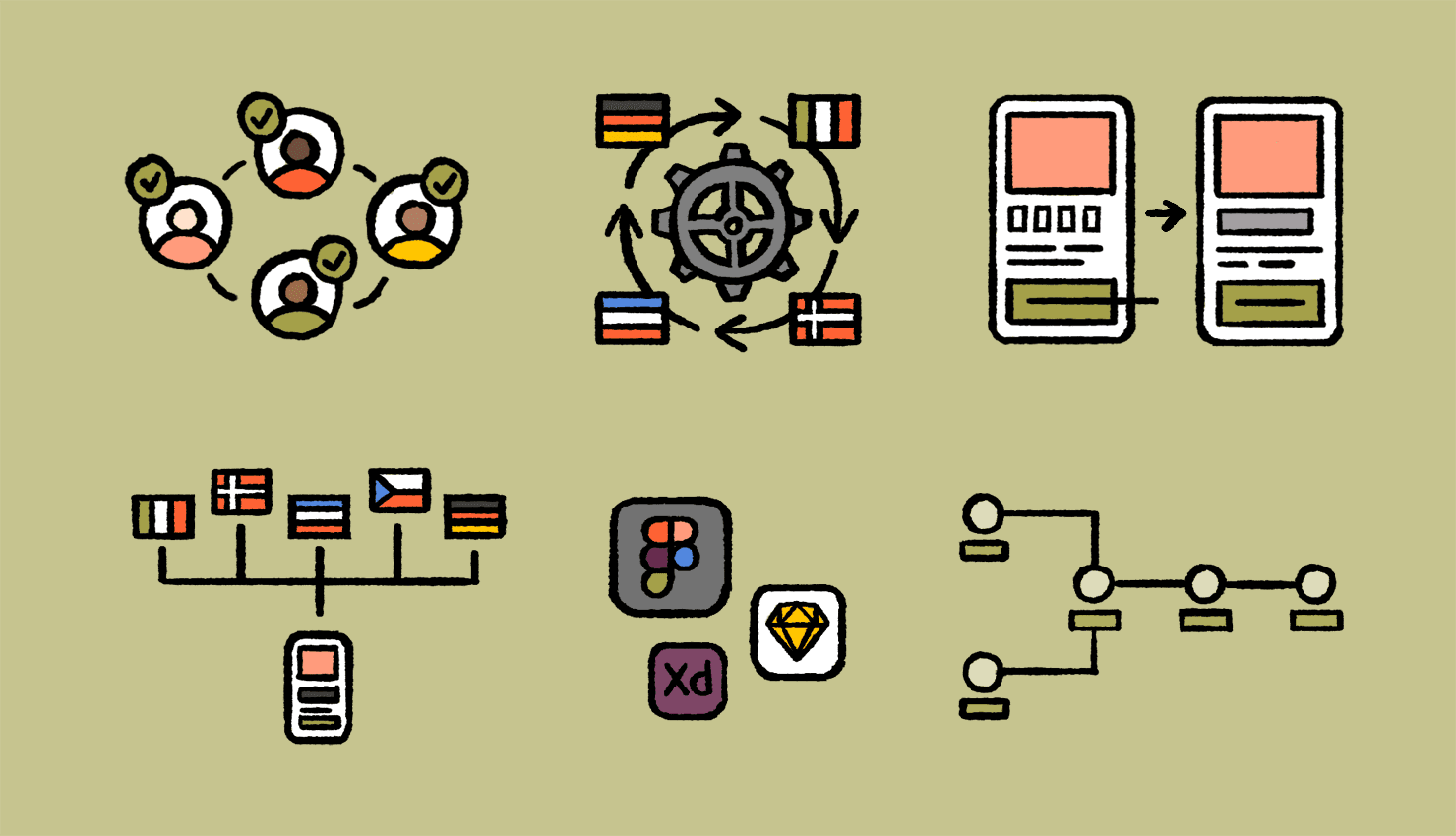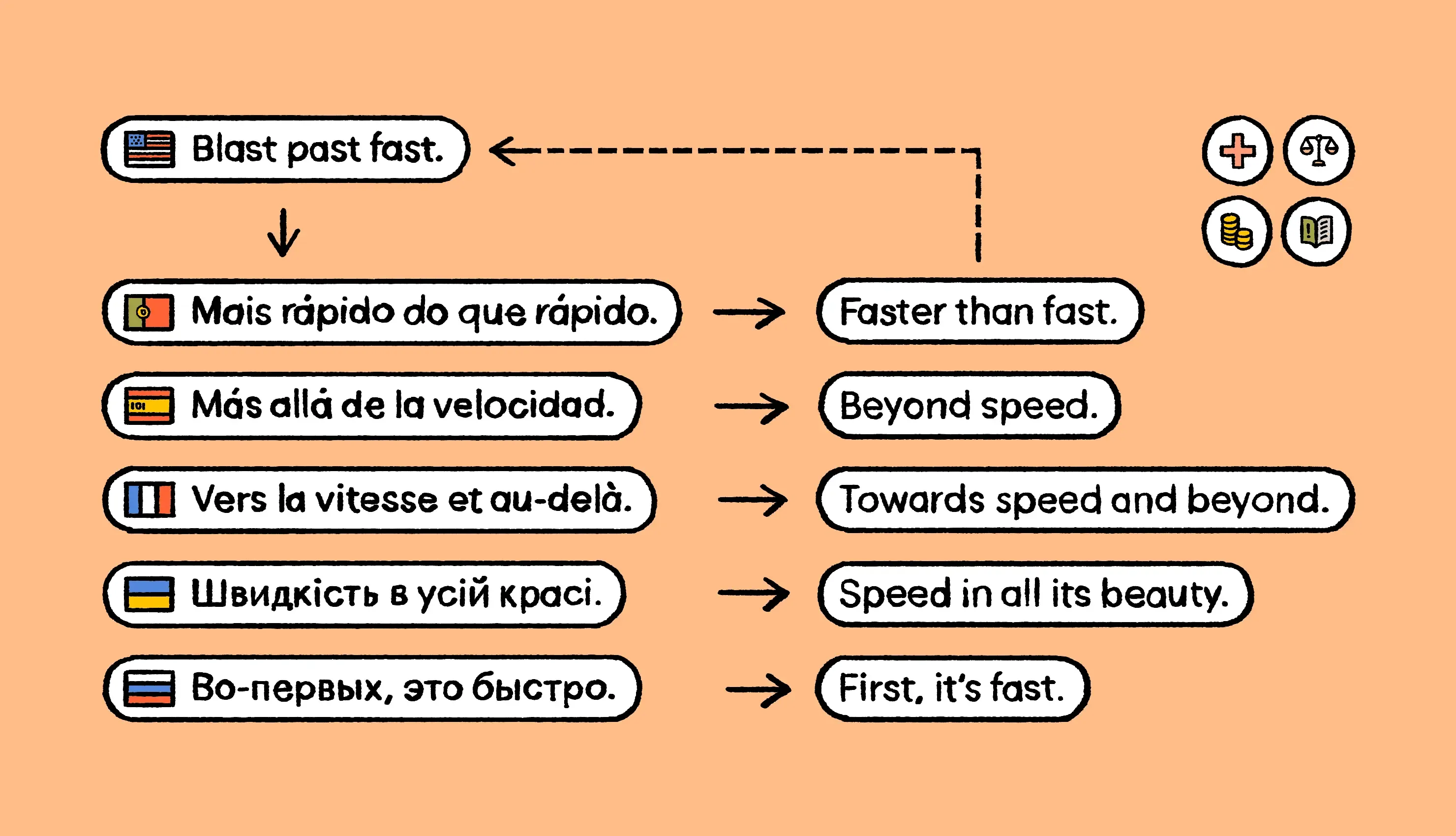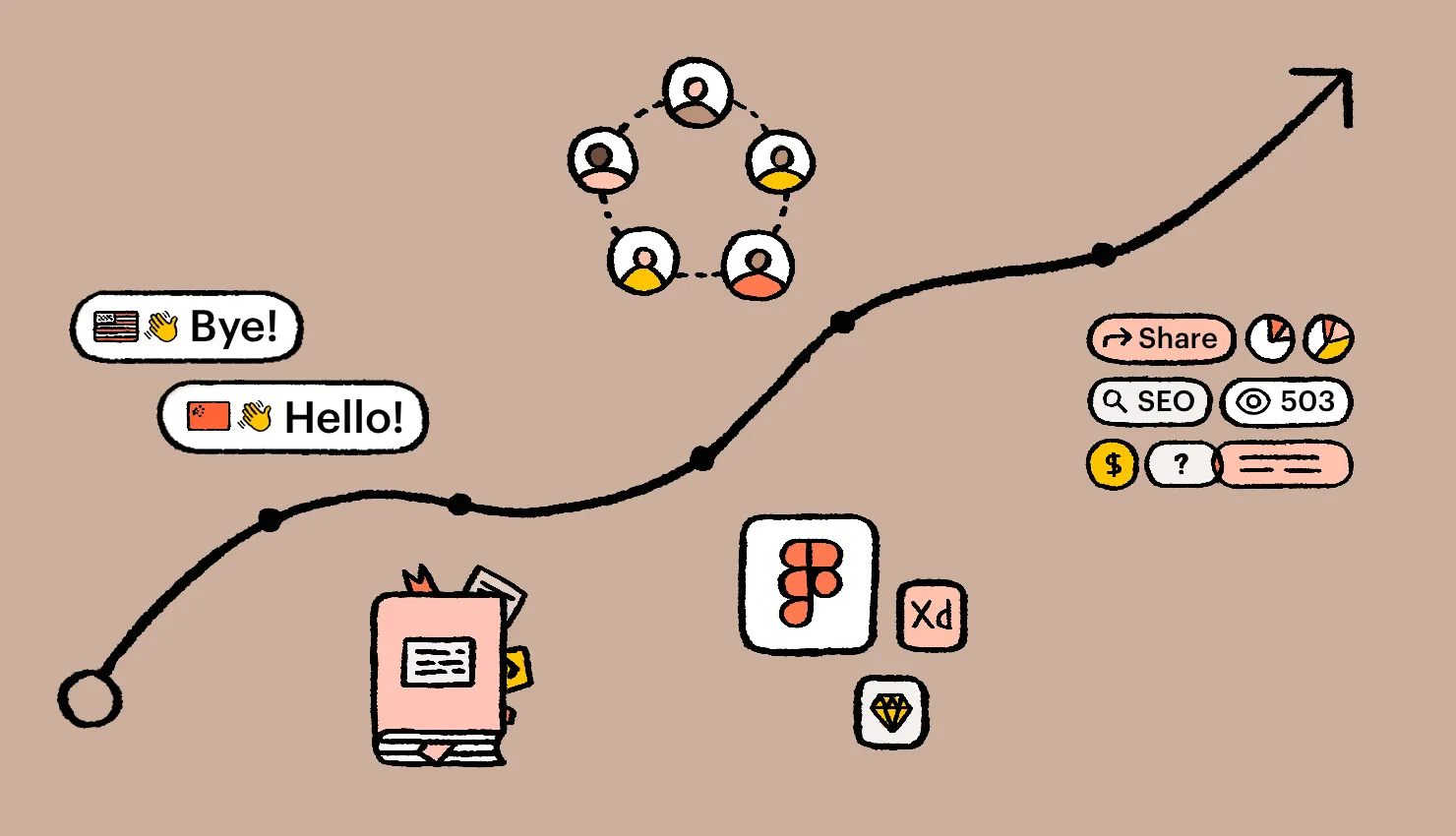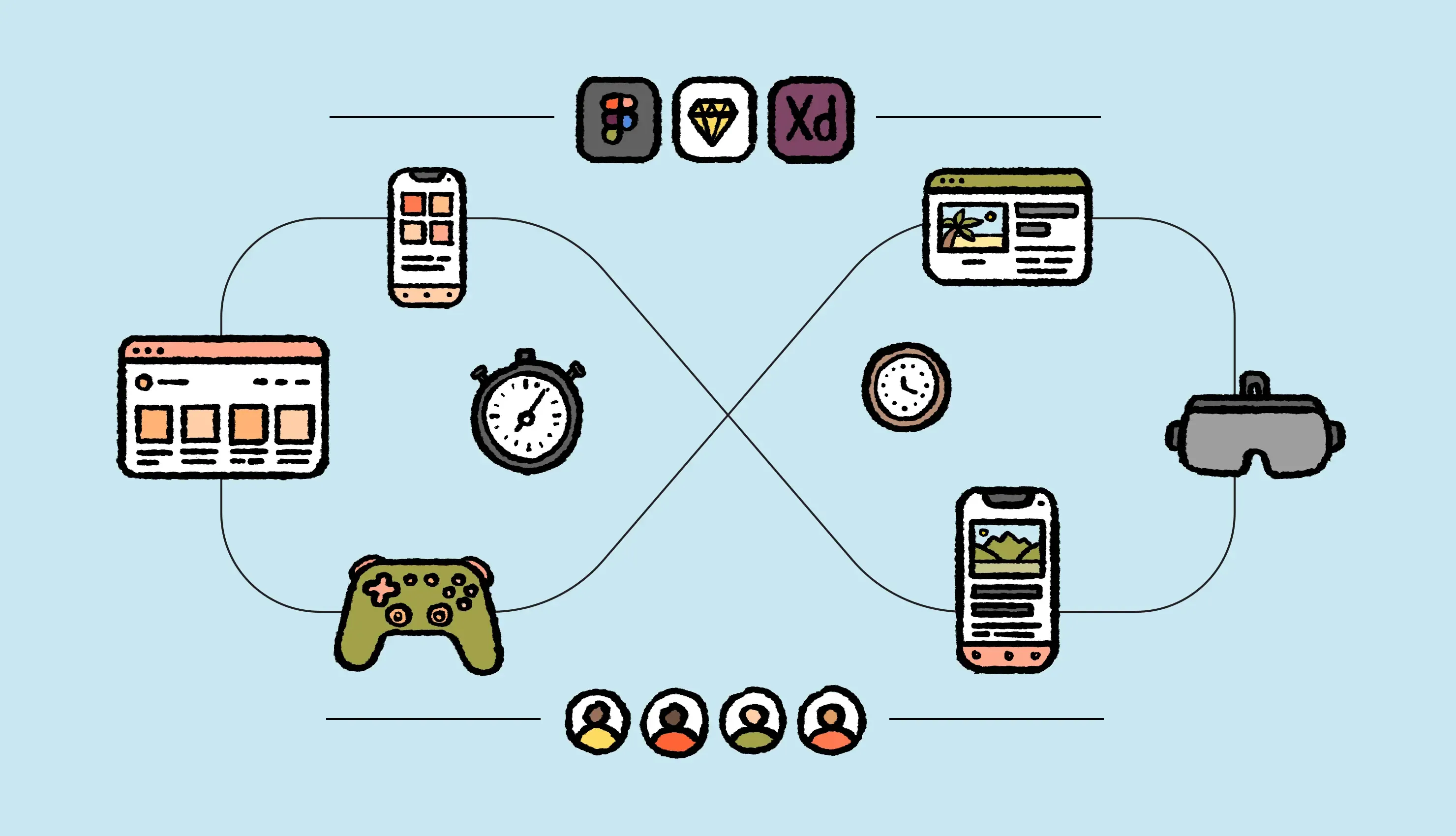Translation and localization: what's the difference?
People who work in the localization and translation industry use loads of jargon and abbreviations. Things like: Localization = l10n But spend some time talking to people from outside the localization industry, and you’ll often see localization being used interchangeably with translation. Those who are practitioners know that these two processes differ, and they know exactly how. To show you the difference
Updated on September 4, 2024·Gita Timofejeva Translating subtitles: Everything you need to know
When it comes to translating subtitles, you’re not just swapping words between languages. You’re shaping how your target audience experiences a story, an idea, or a lesson. As a translation or localization professional, you already understand the unique demands of this work: preserving tone, matching timing, and ensuring cultural nuances resonate with viewers across different languages. Yet, with tight deadlines
Updated on October 21, 2024·Jess Evans [EBOOK] The complete guide to design-stage localization
When you talk to fast-growing companies that are agile and rely on continuous development to some degree, you’ll quickly realize that most haven’t maintained processes and technologies to integrate localization into their product development workflow. As a UX writer, designer, developer, product manager, marketer, or linguist, do you know how you can align as a team and build a unified localization workflow that starts at the design stage? Incorporati
Updated on September 16, 2022·Stefanos Bournias Localization glossary: How to use it when translating to save time
Each industry has its own jargon and terminology. And each company has brand-specific phrases, non-translatable terms, and abbreviations. When you work with translators who are from outside your field, a glossary is a key component of the language assets you will need to build to keep your translations consistent—a fundamental part of effective localization management. In this shor
Updated on May 18, 2025·Jess Evans Design-stage localization: the top challenges for localization teams (Part 2)
In Part 1, we covered why design-stage localization is a game-changing solution for agile, multilingual product development. If you read it, you’ve likely thought about what it would take to create a unified localization workflow based around Lokalise, your design tool, and localization team. You might be asking “should I use mac
Updated on July 19, 2024·Niklas Hisinger What is back translation? Method explained with examples
Back translation, also known as reverse translation, is when content gets translated back to its original language and then compared to the source text. This is a key localization quality control technique and plays a vital role in software internationalization. With back translation, you can easily spot discrepancies and evaluate translation accuracy. Let’s
Updated on September 19, 2024·Valentyna Kozlova Expert playbook for building a localization strategy
When you’re ready to expand your business globally, some ad-hoc translations won’t cut it. You need a localization strategy. A well-planned localization strategy helps you build more authentic connections with your audience, compete confidently against local players, and build a thriving global presence. But the tricky part is knowing where to start. Should you hire native experts first? Or focus on adapting the product to regional habits? Get the sequence wrong and you’ll w
Updated on October 6, 2025·Gita Timofejeva Design-stage localization: 3 reasons why it's the solution for fast-growing, agile companies (Part 1)
Design-stage localization is a powerful way to continuously release fully localized products like mobile apps, web apps, and games. It allows for the creation of designs suitable for multiple languages and bridges the gap between the designers, developers, and translators working on localization. But talk to fast-growing companies that are agile and rely on continuous development to some degree; you’ll quickly realize that most haven’t maintained processes
Updated on March 11, 2023·Niklas Hisinger 